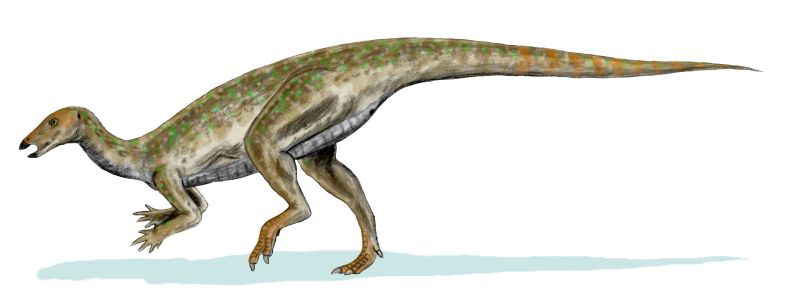The prehistoric world teemed with countless dinosaur species, each adapting to their environments across millions of years. These magnificent creatures dominated Earth for over 165 million years, evolving complex behaviors and communication systems. While we can observe modern animals recognizing their kind through vocalizations, the question of whether dinosaurs could identify conspecifics through sound presents a fascinating scientific puzzle. Paleontologists and biologists have developed increasingly sophisticated methods to investigate dinosaur communication, using evidence from fossils, comparative anatomy, and the behaviors of living dinosaur descendants. The emerging picture suggests that acoustic recognition likely played a crucial role in dinosaur societies, though the exact nature of these interactions remains one of paleontology’s most intriguing mysteries.
The Fossil Record’s Silent Challenge

Studying dinosaur vocalizations presents an immediate challenge: sounds don’t fossilize. Unlike bones, teeth, or even footprints, the acoustic signals that dinosaurs may have produced leave no direct trace in the geological record. Paleontologists must therefore rely on indirect evidence to reconstruct dinosaur communication systems. Fossil structures that might have produced or received sounds, such as specialized skull chambers or inner ear anatomy, provide tantalizing clues. The absence of direct sound recordings means researchers must build theoretical models based on the physical structures preserved in fossils, combined with our understanding of acoustics and biology. This methodological limitation has historically made the study of dinosaur vocalizations more speculative than other aspects of paleobiology, though advanced technologies are steadily improving our ability to make educated inferences.
Vocal Anatomy: The Hardware of Sound Production

Dinosaur fossils preserve evidence of structures potentially involved in sound production. Some hadrosaurs (duck-billed dinosaurs) had elaborate hollow crests connected to their nasal passages, which likely functioned as resonating chambers. Paleontologists have used CT scans and computer modeling to simulate the sounds these structures might have produced, suggesting low-frequency, trumpet-like calls. Other dinosaurs, particularly theropods like Tyrannosaurus rex, possessed a syrinx-like structure (the voice box in modern birds) that could have enabled more complex vocalizations. The lambeosaurine hadrosaurs show particularly compelling evidence for specialized sound production, with their distinctive hollow head crests varying dramatically between species, strongly suggesting these structures played a role in species-specific communication. These anatomical adaptations provide strong evidence that many dinosaurs possessed the physical equipment necessary for producing distinctive calls.
The Avian Connection: Lessons from Modern Birds

Birds, as the direct descendants of theropod dinosaurs, offer crucial insights into potential dinosaur communication. Modern birds demonstrate sophisticated acoustic recognition abilities, with distinct calls serving to identify species, individuals, and even communicate complex information about food sources or predators. The syrinx, birds’ unique sound-producing organ, evolved from structures present in their dinosaur ancestors. Notably, birds can discriminate between the calls of their species and those of others with remarkable precision, a capability that develops both through genetic programming and learning. This phylogenetic relationship suggests that at least some dinosaur lineages may have possessed similar capabilities for acoustic species recognition. The diverse vocalizations of modern birds hint at the potential richness of dinosaur communication systems that have been lost to time.
Crocodilian Clues: Insights from Another Dinosaur Relative
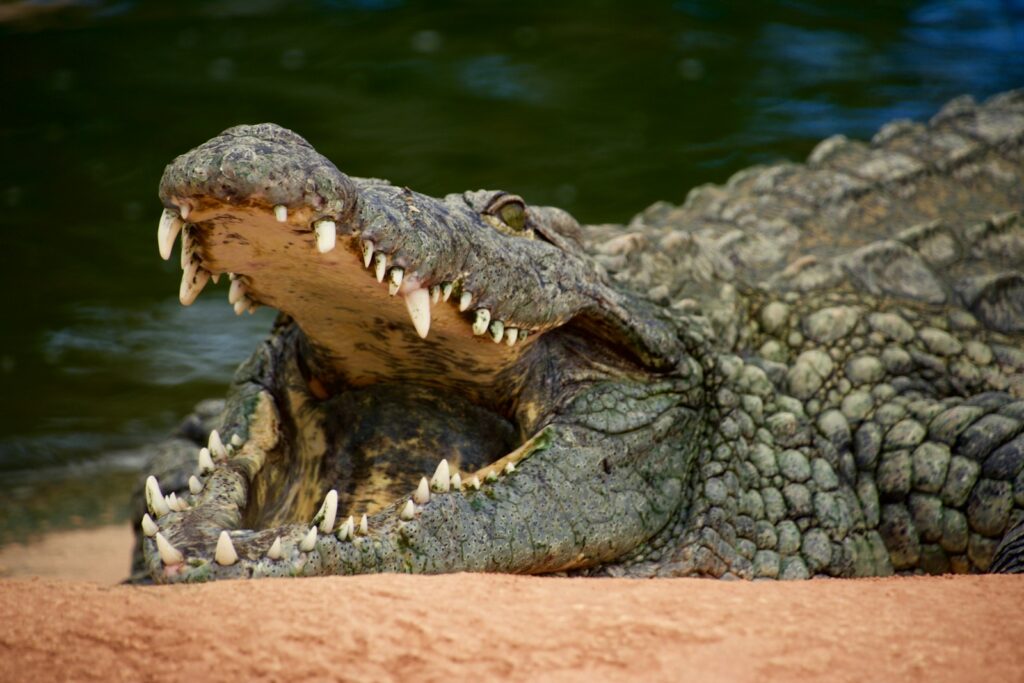
Crocodilians, as the closest living relatives to birds within the archosaur group that includes dinosaurs, provide another window into potential dinosaur vocalizations. Modern crocodiles and alligators produce a variety of calls ranging from hatchling “peeps” to adult bellows, which serve specific social functions including mating displays, territorial defense, and parent-offspring communication. Notably, crocodilians can distinguish their species’ calls from others, with females responding specifically to the vocalizations of their offspring. These behaviors exist in animals with relatively simple vocal structures compared to birds, suggesting that even dinosaurs without advanced vocal organs could have produced and recognized species-specific sounds. The shared ancestry between crocodilians and dinosaurs increases the likelihood that the common ancestor of both groups already possessed some capacity for acoustic communication and recognition.
The Evolutionary Advantage of Acoustic Recognition

Species recognition provides clear evolutionary advantages that would have benefited dinosaurs just as they do modern animals. Correctly identifying conspecifics is essential for efficient mate selection, reducing the energy wasted on courtship attempts with incompatible species. For social dinosaurs living in herds, acoustic signals would have facilitated group cohesion, coordination during migration, and warnings about predators. Parent dinosaurs needed to recognize their offspring among potentially mixed groups, particularly in colonial nesting sites where thousands of individuals might gather. These selective pressures would have favored the evolution of distinctive, species-specific vocalizations and the cognitive ability to recognize them. The widespread presence of these traits across modern vertebrates suggests they were likely present in many dinosaur lineages as well, especially those with complex social behaviors.
Sound Production in Different Dinosaur Groups

Different dinosaur lineages likely evolved varied mechanisms for producing sounds based on their anatomy and ecological niches. Ceratopsians like Triceratops possessed hollow frills that may have functioned partially as sound resonators, potentially producing distinctive low-frequency sounds when air passed through their respiratory systems. Sauropods, with their enormous size, might have generated infrasonic rumbles similar to those of modern elephants – sounds below human hearing range but detectable to other sauropods across long distances. The diverse crests of hadrosaurs like Parasaurolophus and Corythosaurus show evidence of being adapted for different acoustic properties, suggesting these dinosaurs produced markedly different calls. Smaller theropods like Velociraptor might have relied on higher-pitched vocalizations more similar to those of modern birds. This diversity in sound production mechanisms would have created acoustic landscapes where species recognition through sound was both possible and advantageous.
Hearing Capabilities: The Reception Side of Communication
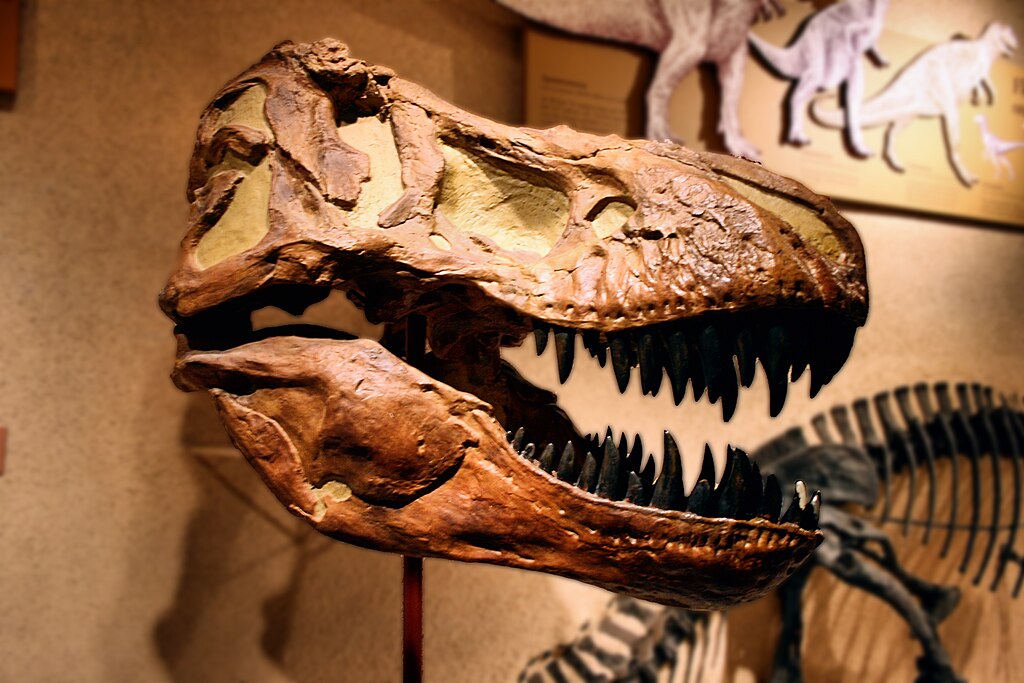
For acoustic species recognition to function, dinosaurs needed not only to produce distinctive sounds but also to hear and process them accurately. Fossil evidence of inner ear structures provides significant insights into dinosaur hearing capabilities. The cochlea length and semicircular canal configurations preserved in skull fossils allow paleontologists to estimate hearing ranges and sensitivity. Many dinosaurs appear to have been particularly sensitive to low-frequency sounds, which travel farther and are less affected by obstacles than high-frequency sounds. Tyrannosaurs and other advanced theropods show evidence of more sophisticated hearing adaptations, with inner ear structures suggesting sensitivity to a broader range of frequencies. These anatomical features strongly indicate that many dinosaurs possessed hearing capabilities sufficient for distinguishing between different calls, including those specific to their species.
Social Dinosaurs and Communication Complexity
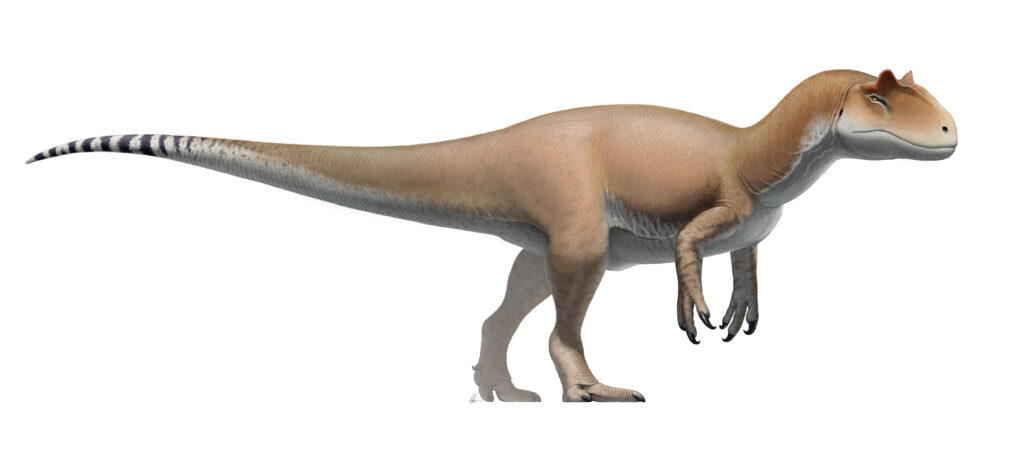
Evidence suggests many dinosaur species lived in social groups, which would have required sophisticated communication systems. Hadrosaurids and ceratopsians left abundant fossil evidence of herding behavior, with bone beds containing hundreds or thousands of individuals of the same species. Sauropod trackways frequently show multiple individuals traveling together, maintaining consistent spacing. Even some predatory dinosaurs like Allosaurus and certain dromaeosaurs show evidence of group behavior. Social living creates strong selective pressure for effective communication, including reliable species recognition mechanisms. In modern social species, vocalizations often carry specific meanings related to group coordination, danger warnings, or resource location. The prevalence of social structures among dinosaurs strongly suggests they possessed communication systems sophisticated enough to distinguish between their kind and other species, with acoustic signals likely playing a central role in these interactions.
The Parent-Offspring Communication Hypothesis

One compelling context for species-specific sound recognition in dinosaurs involves parent-offspring relationships. Fossil nests and juveniles provide clear evidence that many dinosaurs invested significant parental care in their young. In colonial nesting grounds, where hundreds or thousands of individuals might nest nearby, parents would have needed reliable methods to recognize their offspring. Acoustic communication offers an efficient solution to this problem, as demonstrated in modern colonial birds and crocodilians. Young dinosaurs likely produced distinctive calls that their parents could recognize, enabling targeted feeding and protection. The discovery of dinosaur nesting sites with distinct “nursery” areas suggests complex social arrangements around reproduction and offspring care. These behaviors would have been difficult to coordinate without some form of acoustic recognition between parents and their young, and by extension, between members of the same species.
Reconstructing Dinosaur Vocalizations
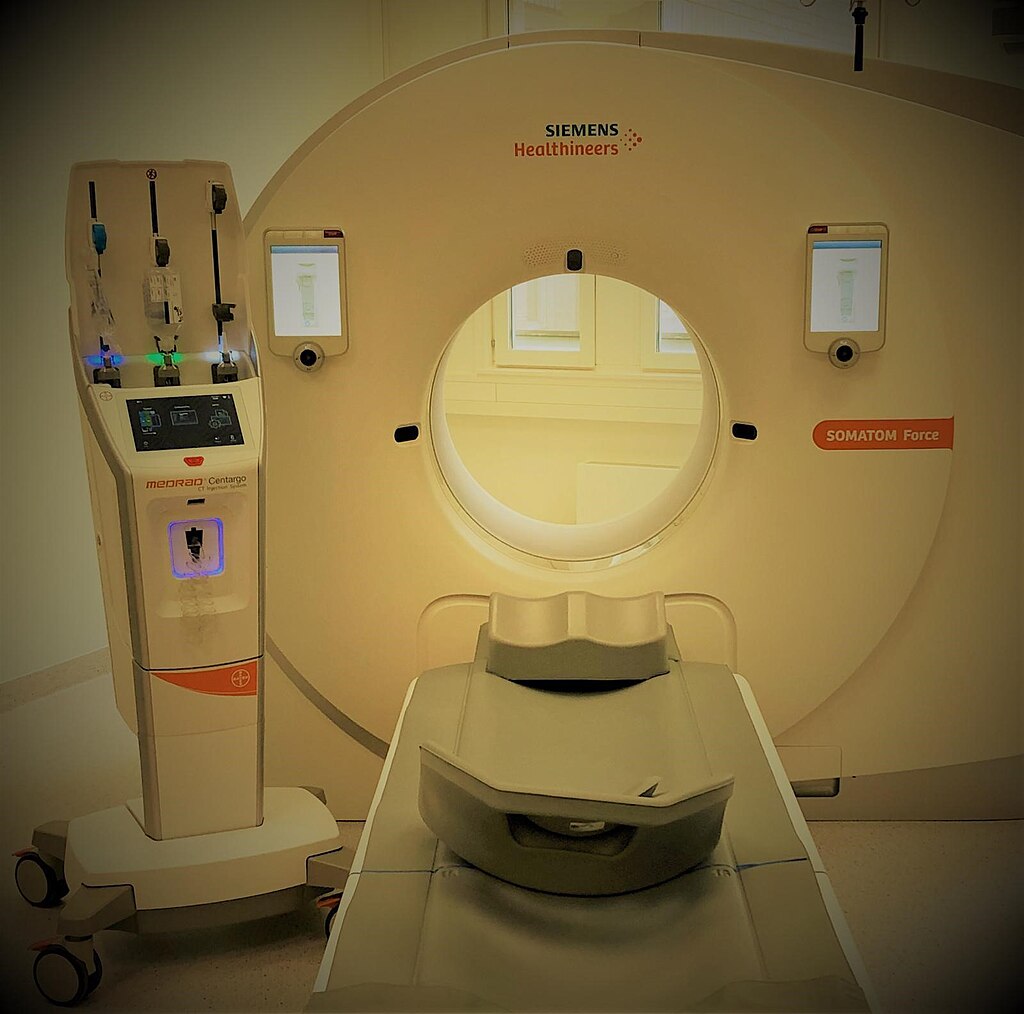
Scientists have attempted to reconstruct potential dinosaur vocalizations using various techniques. Computer models based on CT scans of dinosaur skull structures can simulate how air might have resonated through nasal passages and cranial chambers. For example, research on Parasaurolophus suggests its elaborate head crest could have produced deep, resonant calls similar to a trombone or French horn. Some researchers have examined the vocal apparatus of modern birds and crocodilians to create analogous models for their dinosaur ancestors. The 2016 discovery of a fossilized syrinx (the avian voice box) in a Late Cretaceous bird provided crucial evidence that this specialized sound-producing organ evolved during the dinosaur era. These reconstructions suggest dinosaurs produced a diverse range of sounds, from the low-frequency rumbles of giant sauropods to the more complex calls of advanced theropods, providing ample acoustic variation for species recognition.
Comparative Evidence from Modern Ecosystems

Modern ecosystems demonstrate how acoustic species recognition functions in complex animal communities. In tropical rainforests, dozens of bird species coexist while maintaining distinctive calls that prevent hybridization and enable efficient mate location. African savannas feature multiple ungulate species using specific vocalizations to coordinate their herds while avoiding confusion with other species. Marine environments show similar patterns, with different whale and dolphin species maintaining acoustic “territories” through their distinctive songs and clicks. These examples illustrate how acoustic niche partitioning allows multiple species to communicate effectively in shared environments without interference. The Mesozoic world likely operated under similar ecological principles, with dinosaur species evolving distinctive vocalizations that allowed for reliable recognition of conspecifics. This comparative evidence strengthens the case that dinosaurs, as successful vertebrates dominating complex ecosystems, would have evolved acoustic recognition capabilities similar to those seen in modern animals.
Scientific Debate and Alternative Hypotheses
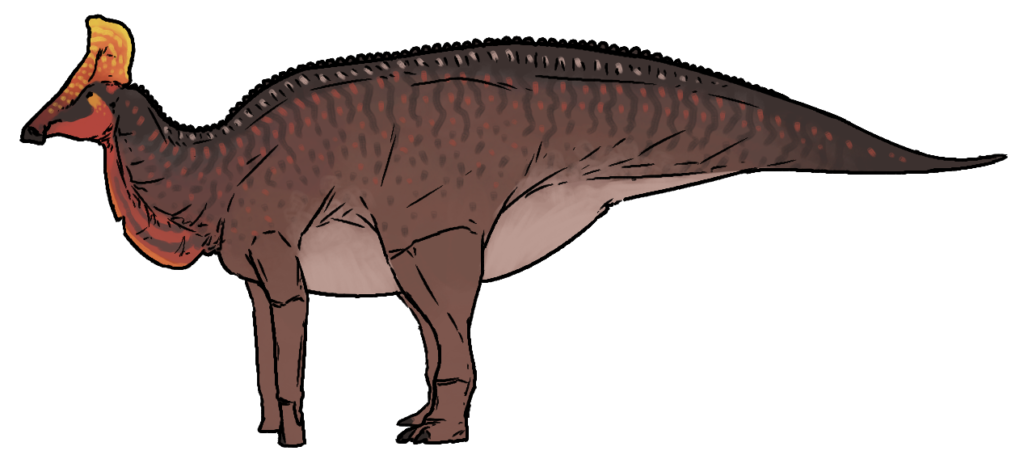
The question of dinosaur acoustic recognition remains subject to scientific debate, with several alternative hypotheses proposed. Some researchers emphasize visual recognition through distinctive structures like crests, frills, and horns as the primary means of species identification, suggesting sound played a secondary role. Others propose that chemical signals, such as pheromones, might have been more important for species recognition, particularly during mating seasons. The “multiple signal” hypothesis suggests dinosaurs likely used a combination of sensory channels—visual, acoustic, and chemical—with different signals serving complementary functions. Certain paleontologists remain skeptical about attributing advanced acoustic recognition to dinosaurs, citing the incomplete fossil record and the limitations of inferring behavior from physical structures. These ongoing debates highlight the challenge of reconstructing complex behaviors in extinct animals while acknowledging that modern vertebrates typically employ multiple recognition systems rather than relying exclusively on any single sensory modality.
Future Research Directions

Advancing technology promises new insights into dinosaur acoustic capabilities and behaviors. Increasingly sophisticated CT scanning and 3D modeling allow more accurate reconstruction of soft tissues and sound-producing structures from fossil evidence. Biomechanical models incorporating fluid dynamics can simulate how air might have moved through dinosaur vocal tracts. Comparative genomics between birds and crocodilians may identify genes associated with vocal learning and recognition, potentially allowing inferences about their common dinosaurian ancestors. Fossil microstructure analysis continues to reveal details about dinosaur hearing capabilities through preserved inner ear structures. Paleoacoustic reconstruction—combining data on habitat acoustics with dinosaur anatomy—offers a promising approach to understanding how sounds would have propagated in Mesozoic environments. These developing methodologies suggest that while the question of dinosaur acoustic species recognition may never be definitively answered, our understanding will continue to improve as paleontological techniques become more sophisticated and multidisciplinary approaches yield new insights.
Acoustic Evolution and Dinosaur Social Behavior
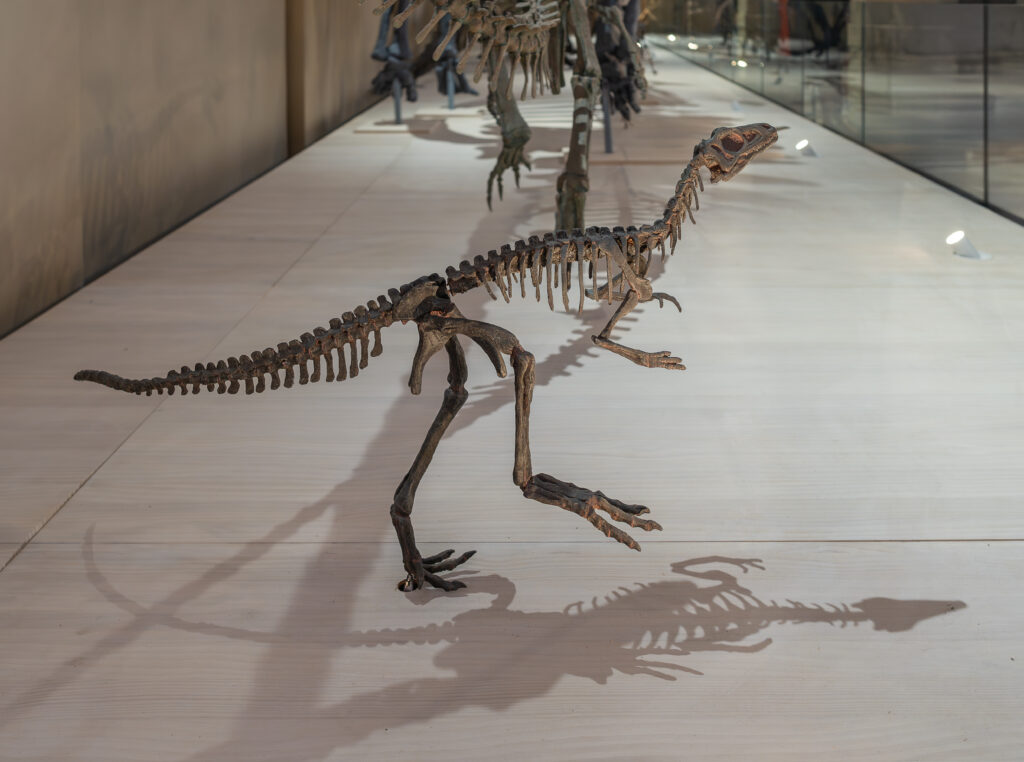
The evidence strongly suggests that many dinosaur species possessed the anatomical equipment and ecological incentives for acoustic species recognition. While the sounds of the Mesozoic are forever lost to time, the convergence of evidence from fossil structures, the behavior of living dinosaur descendants, and the evolutionary advantages of accurate species identification all point toward dinosaurs having used vocalizations as a key component of their social interactions. The diversity of dinosaur sound-producing structures further indicates that different species likely produced distinctive calls, enabling individuals to recognize members of their kind amid the complex acoustic landscape of prehistoric ecosystems. As paleontology continues to develop new methods for investigating ancient behaviors, our understanding of dinosaur communication will undoubtedly continue to evolve, bringing us closer to hearing, at least in our scientific imagination, the lost sounds of these remarkable animals.


